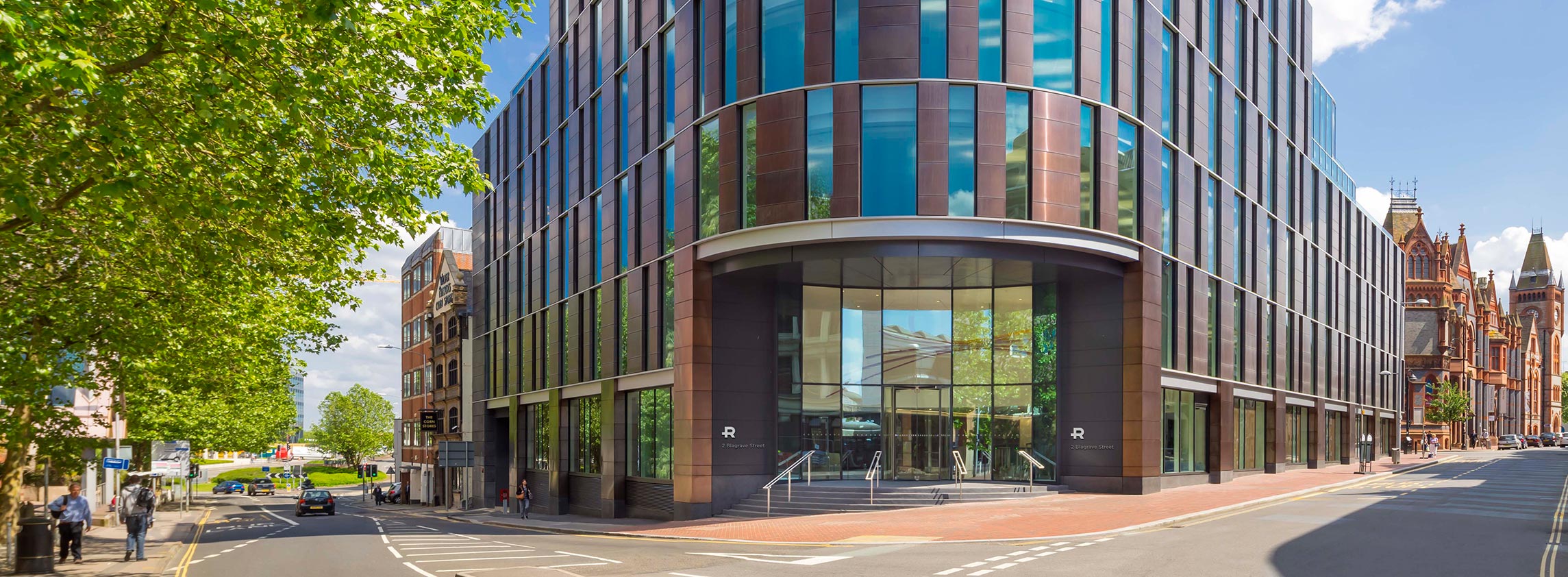Q2 was dominated by lockdown, and its impact has been felt across the region. Supply, however, remains tight, with the vacancy rate at 5.9%, so while there are short-term pressures on headline rents, the longer-term rental outlook is robust
28% drop in H1 take-up as lockdown bites across the South East
The coronavirus pandemic and the subsequent lockdown restrictions that were imposed have impacted on take-up levels in H1 2020. After a strong start to the year where in Q1 2020 take-up volumes were 18% above the long-term average, unsurprisingly take-up recorded in Q2 2020 was 73% down on the long-term average. After combining the two quarters, H1 2020 take-up reached 1.1 million sq ft, which was 28% below the long-term average.
The largest deal in H1 2020 was the Government Property Agency pre-letting 329,500 sq ft at Schroders & Stanhope’s Building 2 Ruskin Square, Croydon. This adds to the Government’s commitment to Croydon where HMRC previously leased 185,000 sq ft at Building 1 Ruskin Square in 2016. Since the lockdown restrictions were imposed on the 23rd March, the majority of corporate occupiers have continued to progress transactions rather than abandon them altogether.
Understandably, there has been a protraction in decision-making from occupiers which has resulted in transactions taking longer than usual to conclude, culminating in weaker take-up being recorded. Savills is aware, however, that 503,000 sq ft was placed under offer before the lockdown and is still progressing and a further 107,000 sq ft has been placed under offer since the lockdown. Furthermore, there were 3.6 million sq ft of new requirements in H1 20 and 38 requirements above 20,000 sq ft in the same time period.
The life sciences sector continues to be active in the market. The sector which is included in the broader manufacturing and industry business sector has accounted for 30% of take-up in H1 2020. There has been £688 million of venture capital invested into life science occupiers headquartered in the South East across 106 transactions since the start of 2020, which is encouraging for the continued expansion of the sector in the region.
H1 was a tale of two quarters; the Q2 performance was perhaps not a true indication of the market given most of the deals had been in play for a good while prior. There are, however, encouraging signs as we start Q3, with both new enquiries and viewings on the increase
Jon Gardiner - Head of National Office Agency
SUPPLY CONSTRAINTS WILL NOT BE ALLEVIATED AS DEVELOPMENT PIPELINE IS LIMITED
Supply currently stands at 12.6 million sq ft and has marginally increased from end-2019, which can be attributed to recent completions of new developments. Total availability at the end of H1 2020 is 9% below the five-year average and the current vacancy rate at 5.9% is below the long-term average of 8.2%. The current grade A vacancy rate is 3% highlighting the supply constraints present in the market.
The current imbalance between available supply and occupier demand is set to continue in the short term. There is only 1.5 million sq ft of available space under construction and scheduled to complete before the end of 2021 which equates to five months of take-up in an average year.
SHORT-TERM PRESSURE ON HEADLINE RENTS, BUT LONGER-TERM PICTURE LOOKS ROBUST
During Q2, headline rents remained stable. In the short term, however, we do expect downward pressure on rents as well as increased incentives as occupiers seek to take advantage of weaker demand. Looking to the medium and long term though, the lack of supply will help to underwrite prime headline rents across the region. Markets such as Croydon, Bracknell and Watford all have below two years of Grade A supply which will provide strong opportunities for rental growth on both new and refurbished stock.
